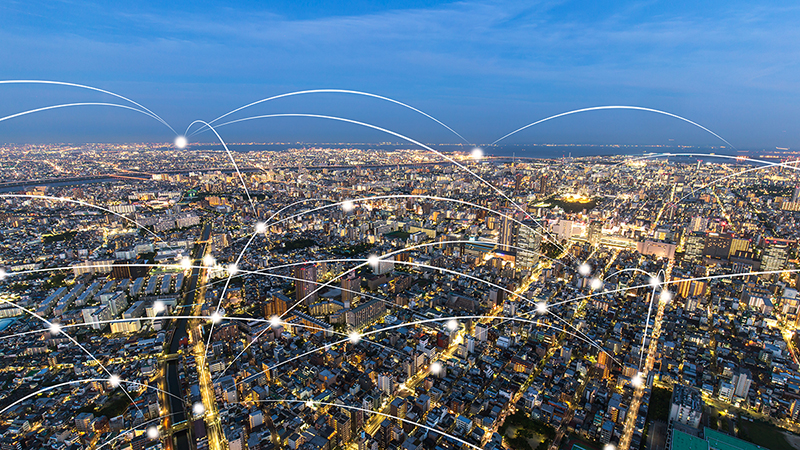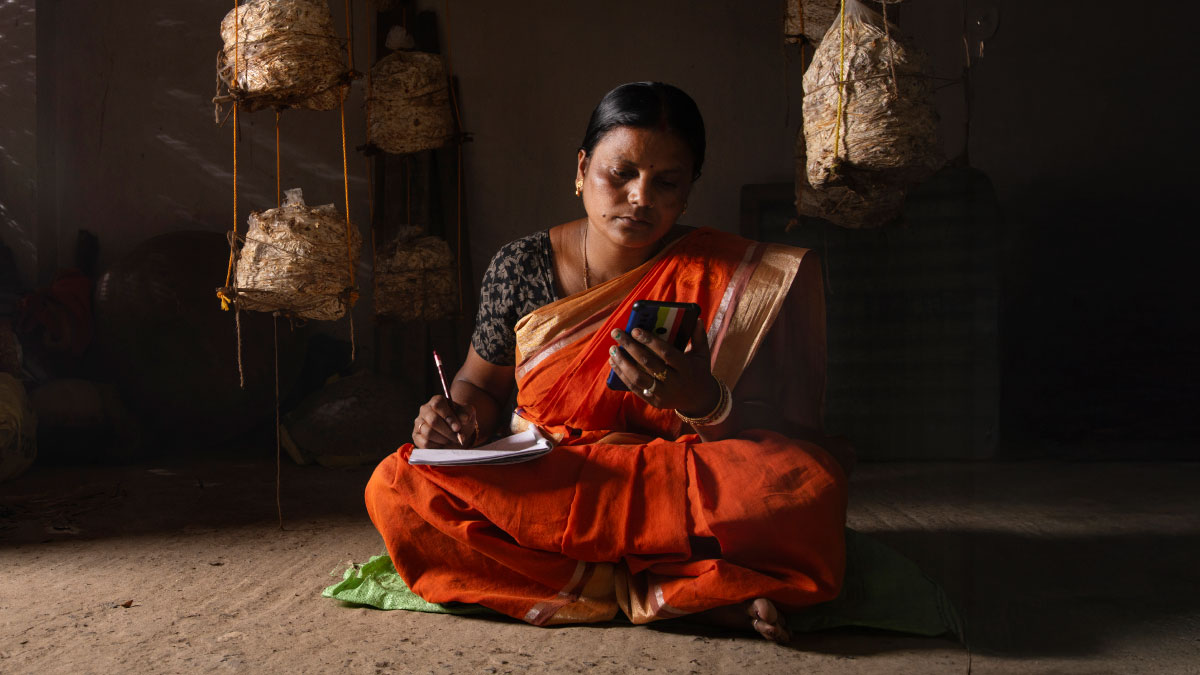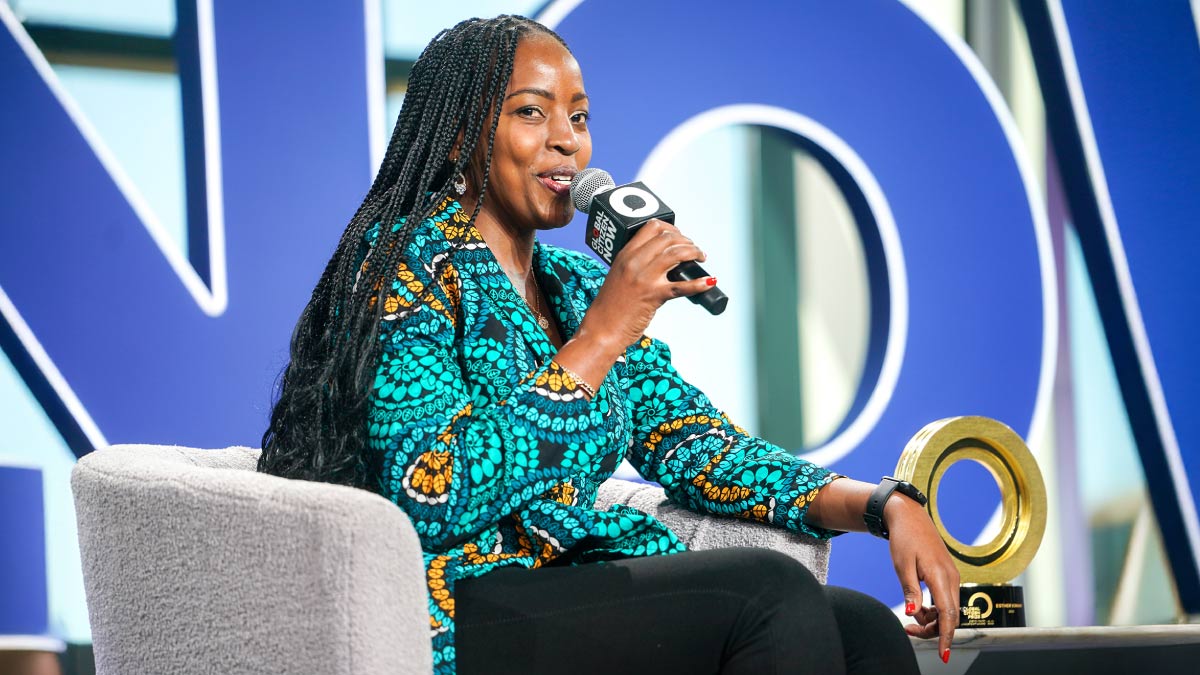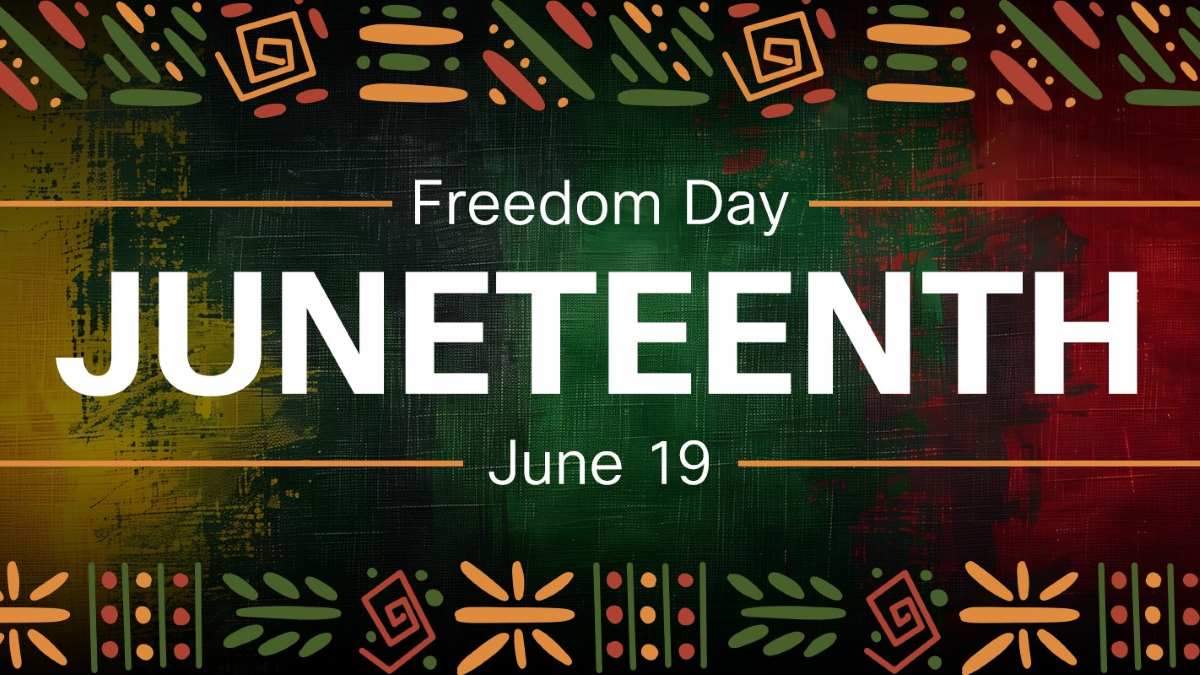The global pandemic has shone a light on what Cisco SVP of Corporate Affairs Tae Yoo calls the digital divide—leaving people behind who don’t have proper internet access. We have been rapidly pushed into a time of digital transformation, where most everyone needs to have internet access to accomplish what is still part of the everyday; education, medical appointments, work, and connecting with friends and family. The New York Times writes that parking lots have even become a “digital lifeline”, where locals who don’t have fast internet access at home can sit in lots near schools, libraries, and stores that have a Wi-Fi signal. The article states that cars park in lots daily so that employees can accomplish work, and students can access video calls and download files for projects.
See also: Cisco Inclusive Future Report 2020
Staggeringly, there are still an estimated 3.7 billion people who remain unconnected today. Fourteen percent of U.S. households with school-age children do not have internet access, something that is critical with today’s distance learning movement. Cisco recognizes this digital divide and is actively working to help bring people in rural U.S. areas online in a variety of different ways. A first step in addressing this issue is identifying various barriers for ubiquitous connectivity.
Barriers to access
Yoo outlines three primary barriers to internet access for all.
- Accessibility: While 80 percent of people in advanced economies have access to the internet, only 35 percent of those in developing countries have that same access. Disproportionately, rural and poor communities are feeling most of the impact of the digital divide.
- Affordability: Many populations who don’t have access to connectivity can’t afford to pay for a device, computer, or service provider. Currently, only the wealthiest 20 percent of South Africans are able to afford basic internet.
- Digital literacy: Learning how to utilize the internet, digital devices, communication applications, and networks is a difficult task for many who already cannot afford to access the internet. Equipping populations with the skills necessary to find and use online content is crucial, and leaders must invest in global digital adoption.
“It’s not enough to say that broadband is a human right,” writes Yoo, “We must push for policies that ensure all stakeholders treat it as one.”
Connecting Arizona public libraries
Governments, non-profits, and companies are coming together to push towards internet access for all. Recently, Cisco is working with public libraries in Arizona to allow students and teachers to participate in and conduct distance learning. In partnership with the State of Arizona, the company seeks to expand Wi-Fi access to high-need communities across the state, allowing Arizonians to stay connected during this crucial time. Cisco will install new external wireless access points at libraries, where students can conduct distance learning and others can utilize the Wi-Fi from outside of the building.
Arizona is proud to partner with @Cisco to expand WiFi internet access to high-need communities across the state. This will help more Arizonans stay connected during #COVID19. MORE: https://t.co/B1eb6ycp9V #TheArizonaWay #AZTogether
— Doug Ducey (@dougducey) May 5, 2020
“Access to reliable internet is crucial for our rural areas and communities in need,” said Arizona Governor Doug Ducey. “Expanding Wi-Fi access will enable more students to take part in distance learning and facilitate access to resources for those without reliable internet at home. I’m grateful to the team at Cisco for helping more Arizonans stay connected during COVID-19.”
The donation of internet access, computers, online resources, and digital skills training to Arizona libraries is part of a donation from Cisco’s Country Digital Acceleration (CDA) Program, which seeks to up-level digital transformation around the world. By strategically partnering with global governments, CDA is officially active in 34 countries and works to bring digital agendas to realization. Currently, more than 70 projects are underway that are helping to enable remote work, education, and healthcare in today's COVID-19 world.
While many are still in need of internet during the pandemic, it's important that technology creates the bridge for every person to experience connectivity and basic digital access.
###
We welcome the re-use, republication, and distribution of "The Network" content. Please credit us with the following information: Used with the permission of http://thenetwork.cisco.com/.




